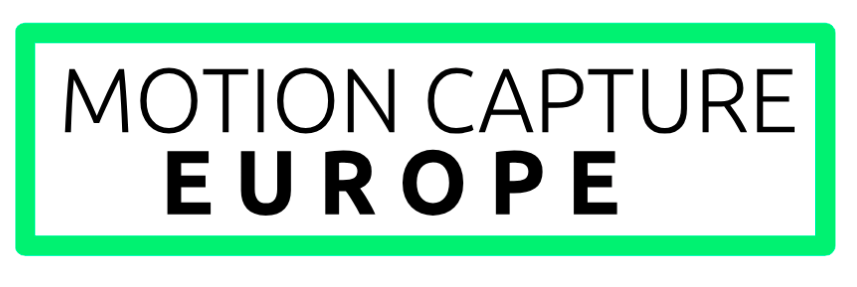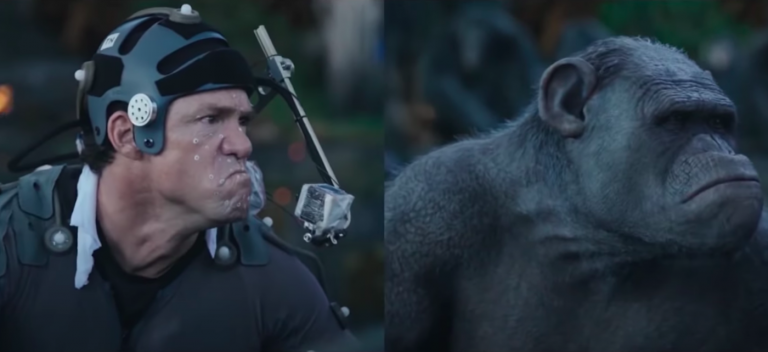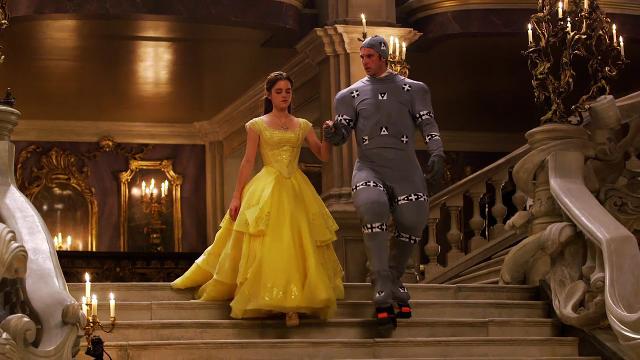Motion Capture Latency Explained
Motion capture (MoCap) latency is the delay between the time that an actor’s movement is captured and the time that it is displayed on a screen or other device. This latency can be caused by a number of factors, including the type of mocap system being used, the processing power of the computer system, and the software being used to render the animation.
There are two main types of mocap latency:
- End-to-end latency: This is the total latency from the time that the actor’s movement is captured to the time that it is displayed on a screen or other device.
- System latency: This is the latency caused by the mocap system itself. It includes the time that it takes to capture the actor’s movement and the time that it takes to transmit the data to the computer.
System latency is typically very low, but it can vary depending on the type of mocap system being used. For example, optical mocap systems tend to have lower system latency than inertial mocap systems.
The processing power of the computer also plays a role in mocap latency. A more powerful computer will be able to process the mocap data more quickly, which should reduce latency.
The software being used to render the animation also has an impact on mocap latency. Some software programs are more efficient at rendering animations than others.
- Disorientation: If the performer sees a delay between their movements and the movements of their avatar/skin on screen, it can be disorienting and make it difficult for them to perform. This becomes an issue if matching a stunt to a live action performance or other such instances where timing to live footage is a priority.
How to reduce motion capture latency
- Use a low-latency MoCap system. Optical MoCap systems typically have lower latency than inertial mocap systems.
- Upgrade to a more powerful computer. A more powerful computer will be able to process the mocap data more quickly, which will reduce latency.
- Use efficient software. Some software programs are more efficient at rendering animations than others. Update your software regularly.
- Optimize the MoCap setup. This includes things like making sure that the mocap cameras are properly calibrated and that the performer is wearing the mocap suit correctly.
- Use a prediction algorithm. A prediction algorithm can predict the preformer’s next movement based on their current movement. This can reduce latency by eliminating the need to wait for the mocap data to be processed before displaying the animation.
Motion capture latency is certainly a factor to consider when choosing a mocap system and setting up a mocap capture. By taking steps to reduce latency, you can create more realistic and immersive animations and be more efficient.



